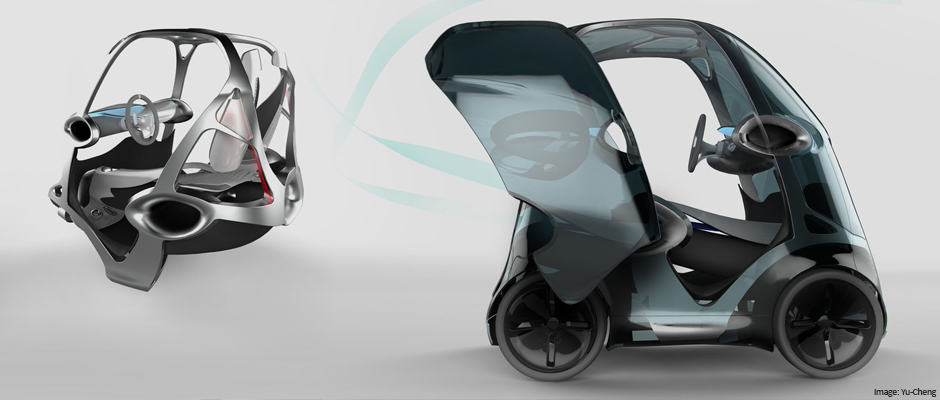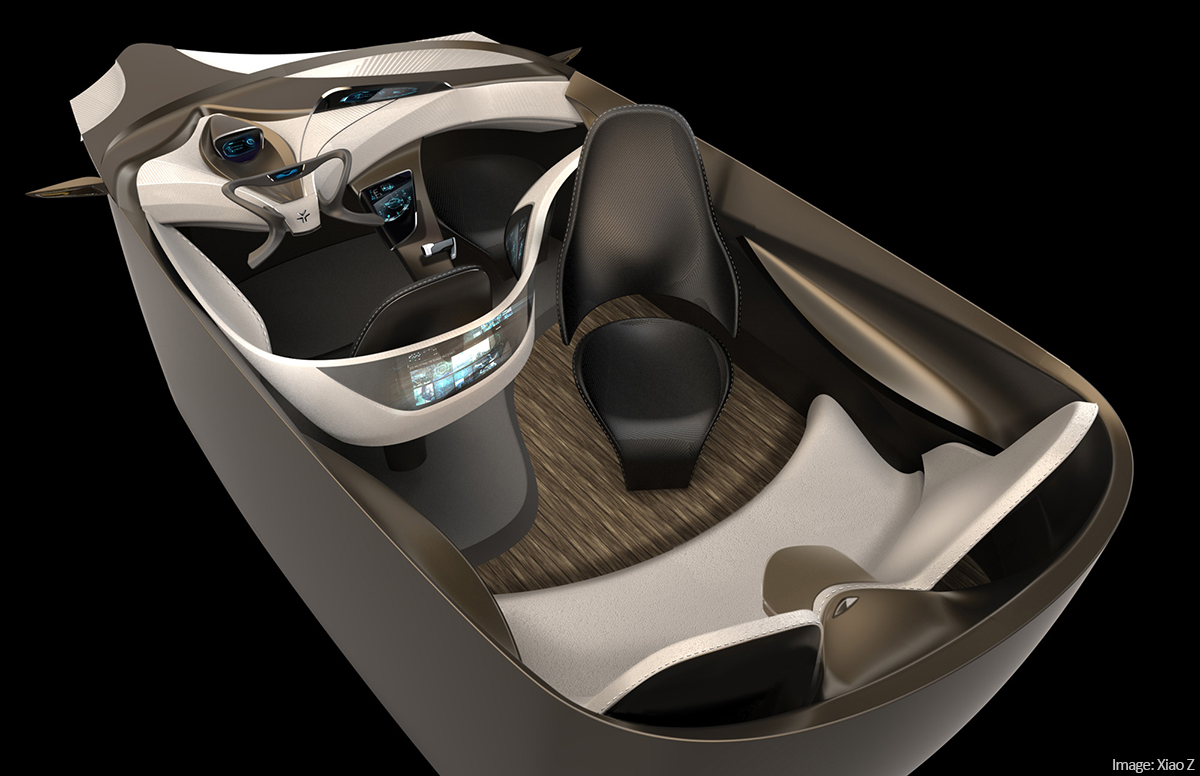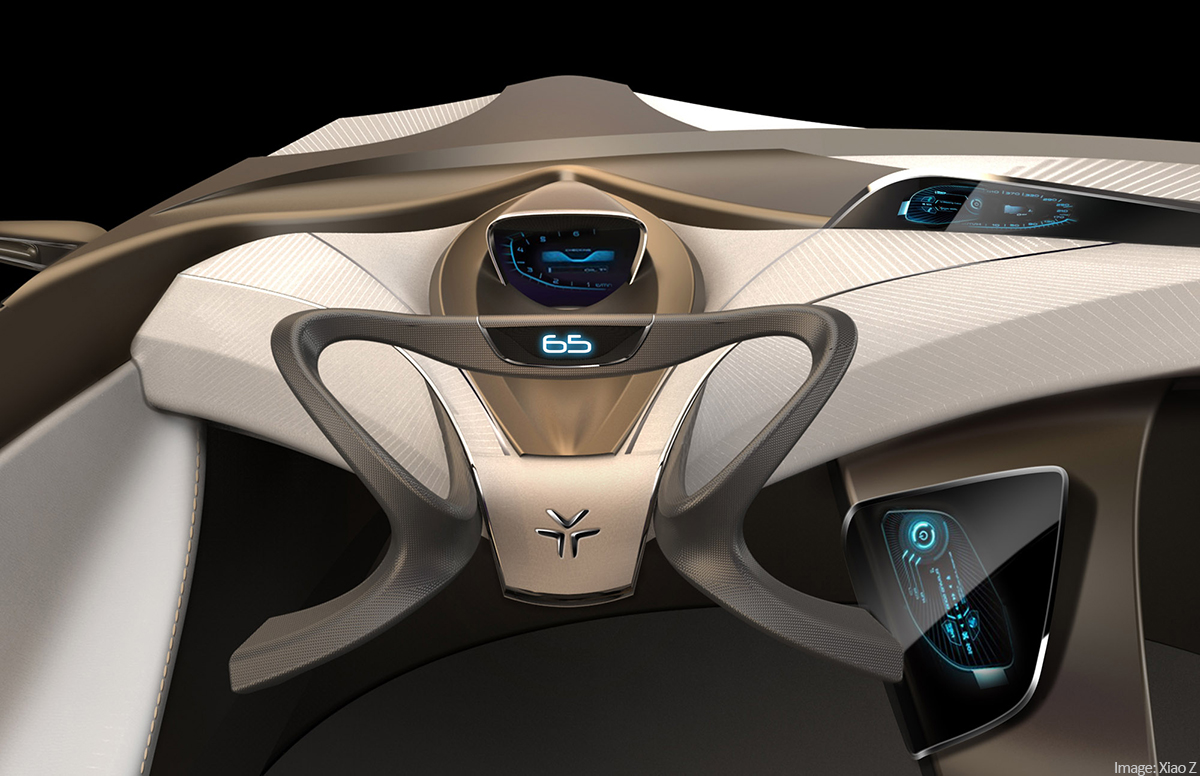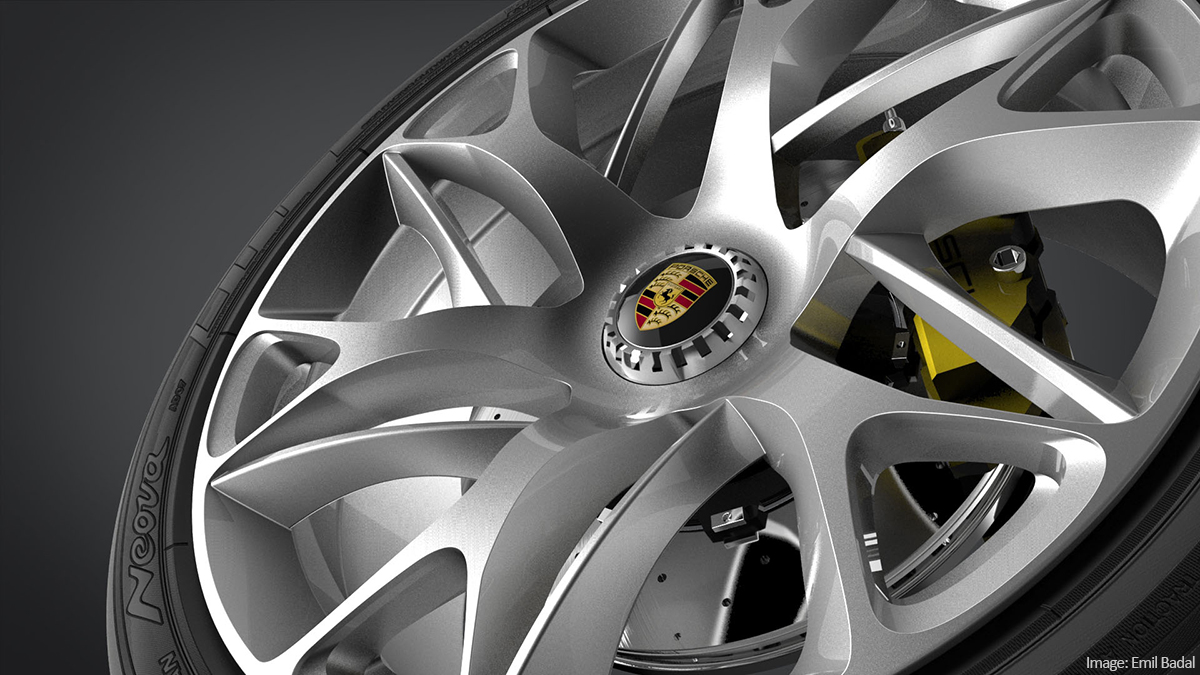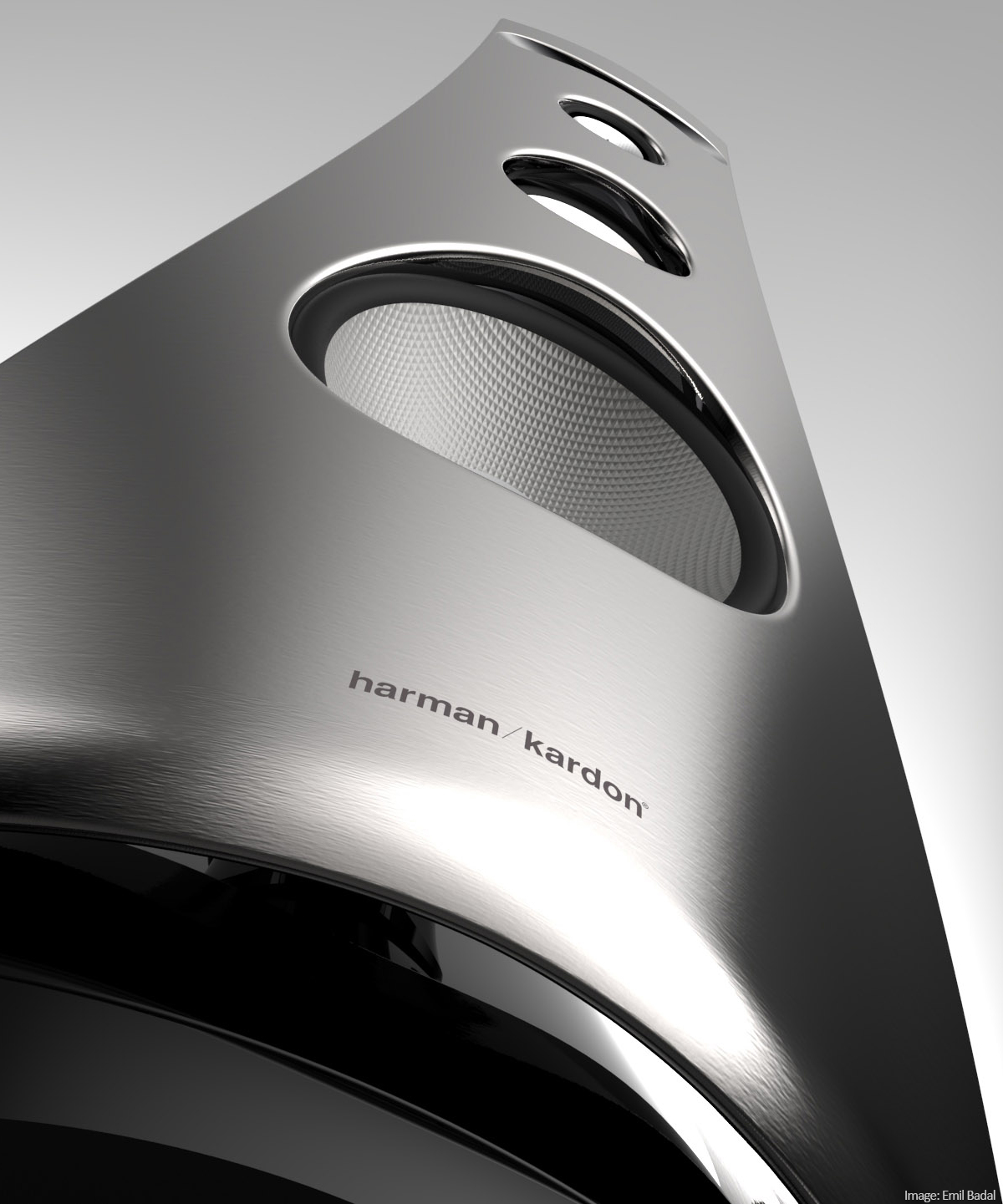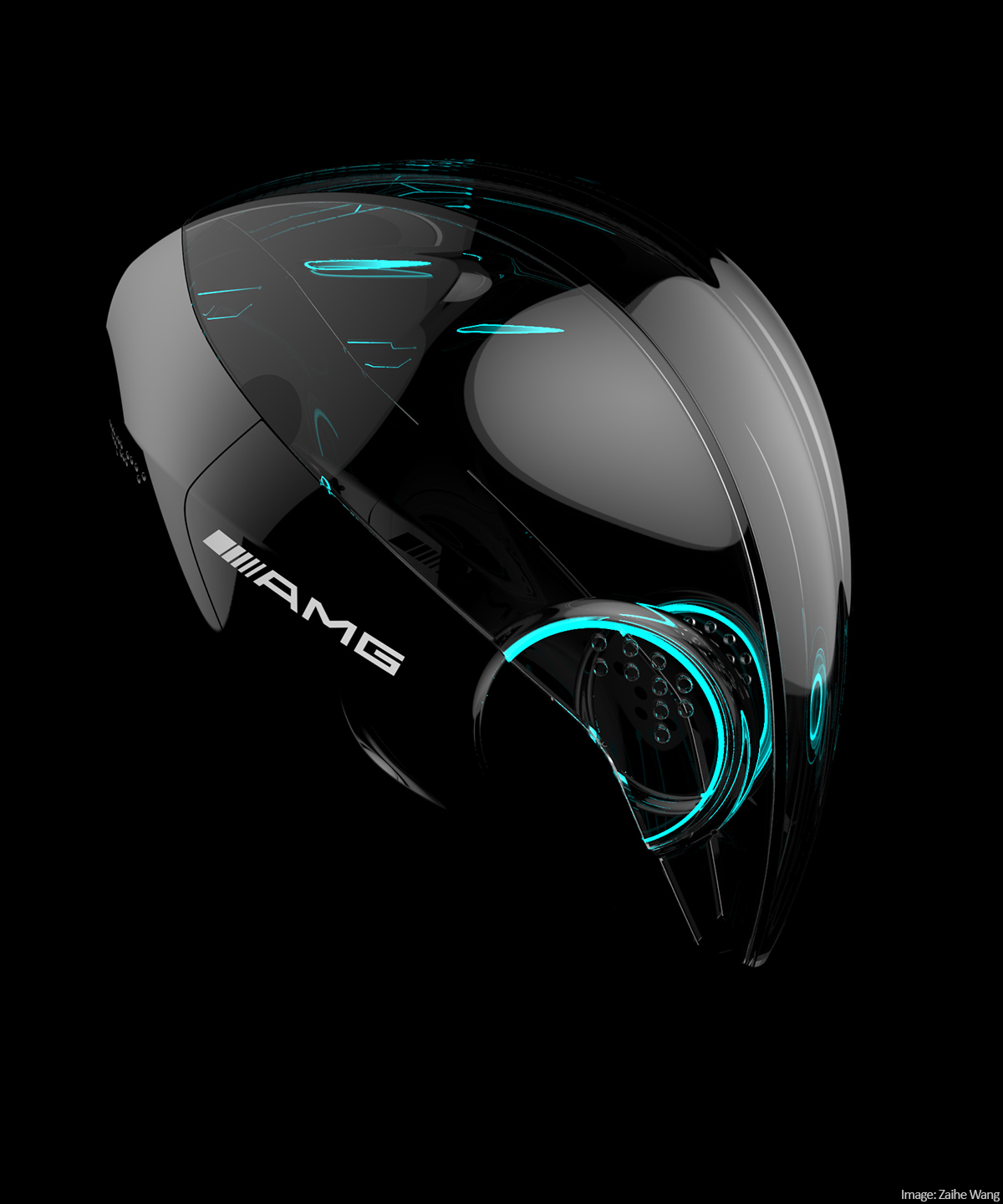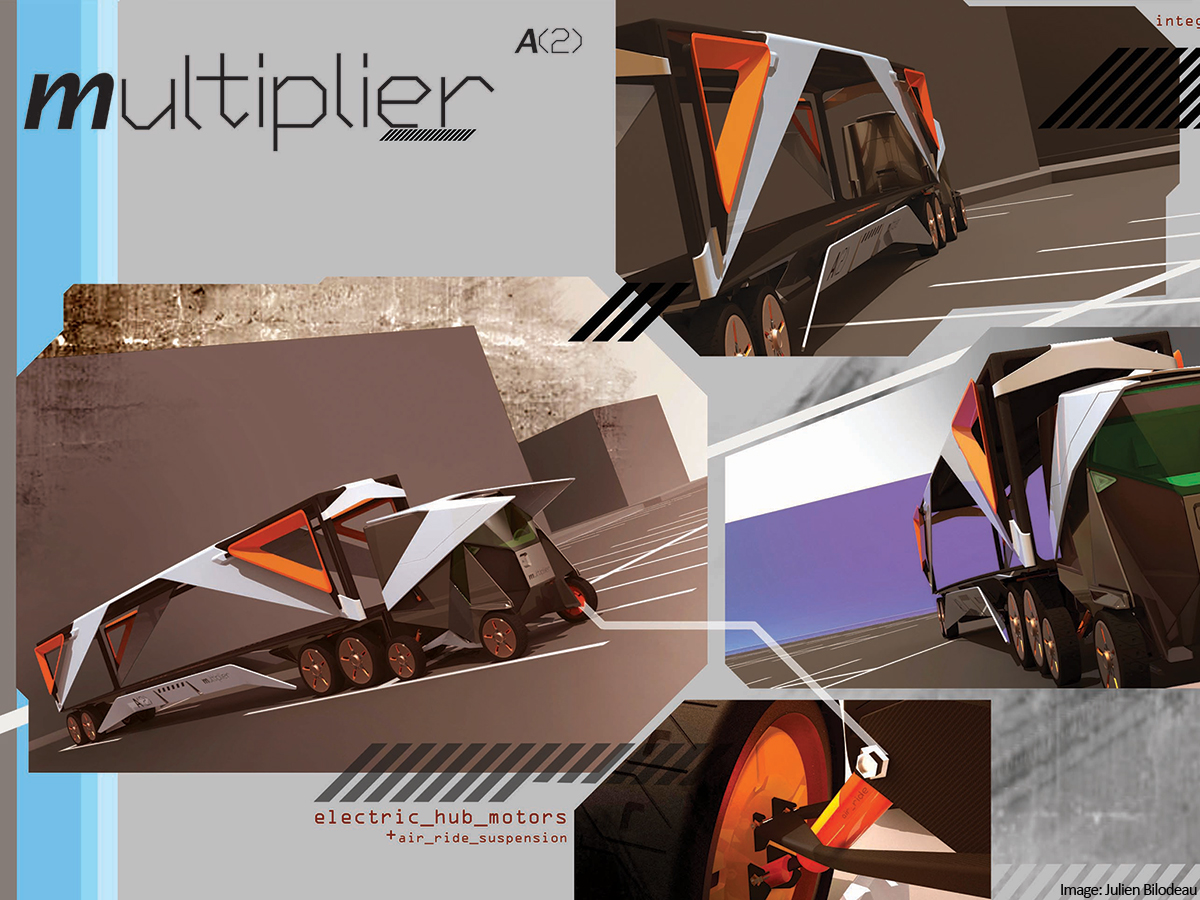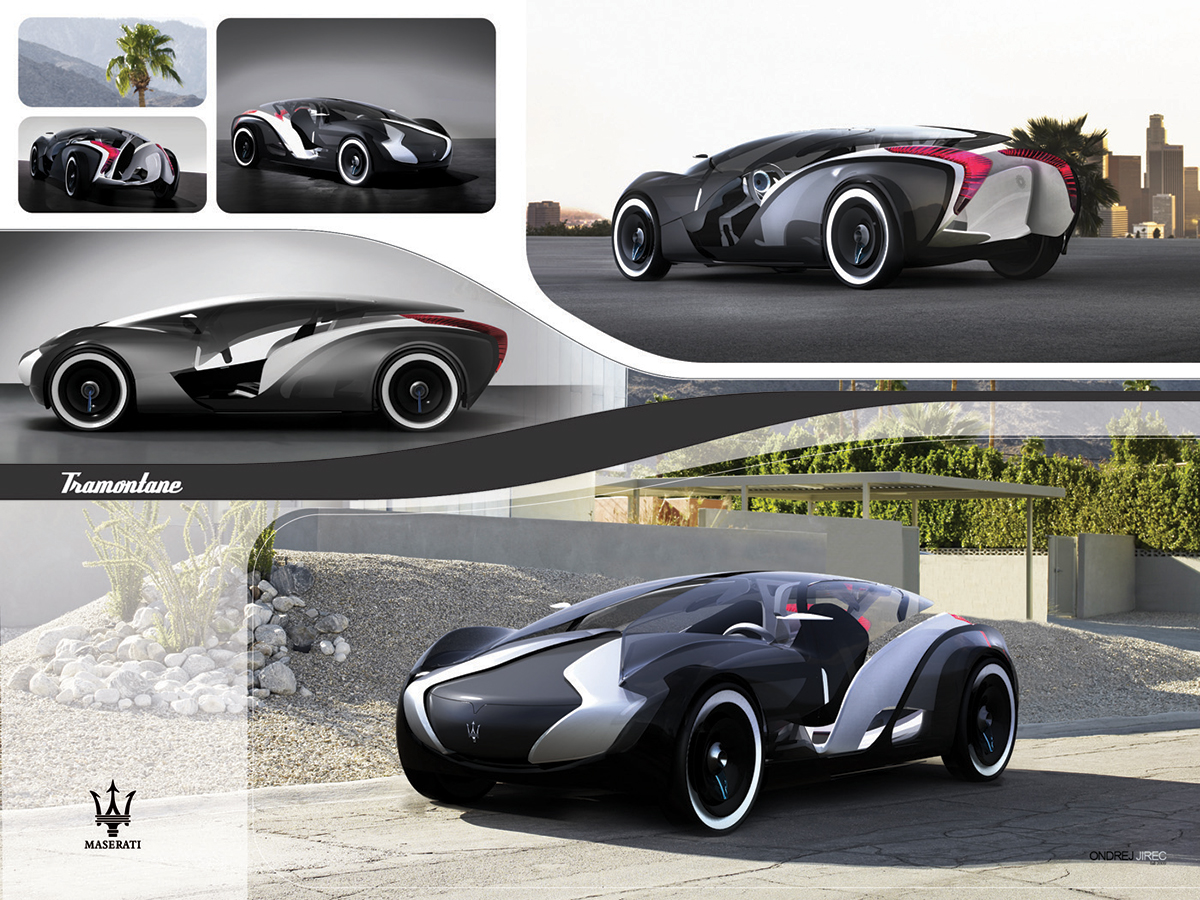The Art Center College of Design in Pasadena, California has an 80 year history in art and design education. With design programs that span many industries, students are provided with exceptional access to becoming familiar in a variety of disciplines. Students use KeyShot to create visuals, filling out their knowledge and portfolio to embark on top positions in many companies that use KeyShot. One Art Center student, who has now been in the design field with the unique opportunity to also teach at his Alma Mater is Nikola Stefanov. We talked with him about his experience and have to chance to see just a sample of the incredible work the students at Art Center are creating.
Art Center / Nikola Stefanov
Modeling software used: Alias Studiotools
Website: Art Center College of Design
What inspired you to go into design?
From a young age I was always tinkering, dismantling and building models of airplanes, rockets, and cars. After my family moved to the UK, I started attending a school where I had the opportunity to use an Apple Performa 460 loaded with Photoshop and some very primitive 3D software, I realized this was the future. At the time we could not afford a PC, so I used to go to school early and stay after just so I could learn how to draw and build models on the computer. I always tried to combine my love of art, design and computers in my life, after graduating high school I never realized that I could in fact make a career out of that, thankfully a family friend in California told me about Art Center College of Design. After spending some time in the U.S. and visiting the school my horizons were vastly broadened. I fell in love with its car-culture and climate, I was eventually accepted in to the Transportation Design program where I finally felt like I had found a home.
What are some highlights throughout your career?
My professional career started while attending Art Center. I was fortunate to be selected for a 6 month internship by Henrik Fisker at his newly formed Fisker Coachbuild while there one of my proposals was selected for full scale development and eventually taken in to low-volume production. I was eventually hired as a full time designer when Fisker Automotive was founded and while there I had the chance to contribute towards the production design of the Fisker Karma, the concept design of the Fisker Sunset and finally I played a major role in leading the design of the Fisker Atlantic.
How is the approach to teaching and thinking about design unique at Art Center?
Although every teacher has a unique methodology there is definitely one common theme that encompasses our educational approach. Every class is very rigorous and intensive. I try to push my students towards looking at the bigger picture when formulating a design. How are things made? How will this be presented/branded? Does it work within the given constraints?
What software is used for 3D modeling?
I use and teach Alias Studiotools for Automotive applications. It is a very powerful tool with a very steep learning curve that takes years to master but once the students get to grasp with its subtleties it becomes a truly invaluable asset for any industrial designer.
What brought you to the decision to use KeyShot?
KeyShot is simply the fastest and easiest rendering software. As designers we don’t want to spend too long rendering or setting up lighting. Most of our energy is expended up-front creating and building the design, very often until the last minute before a presentation. KeyShot seamlessly fits in to the workflow and allows us to create stunning visuals with minimal effort.
How has KeyShot helped? How do the students react to using it?
Students love its simplicity and ease of use. They can choose to go as deep as they want to in the rendering process without a steep learning curve. It also allows them to quickly preview their models while they are still in progress. Its realism certainly enriches the design process by speeding up decision making. It’s especially rewarding for the students to see their models realistically rendered at the end of an exercise. It makes all the effort feel worthwhile.
What is your favorite part of a project?
It may seem like I am cunningly trying to evade your question, but I love the process of creating the sketches, building the models, creating the prototypes and putting a design into production–into the hands of people–where, hopefully, we as designers can make a positive impact on our world.
What is one piece of advice you would pass along to new graduates in the field of design?
Design what you believe in.

